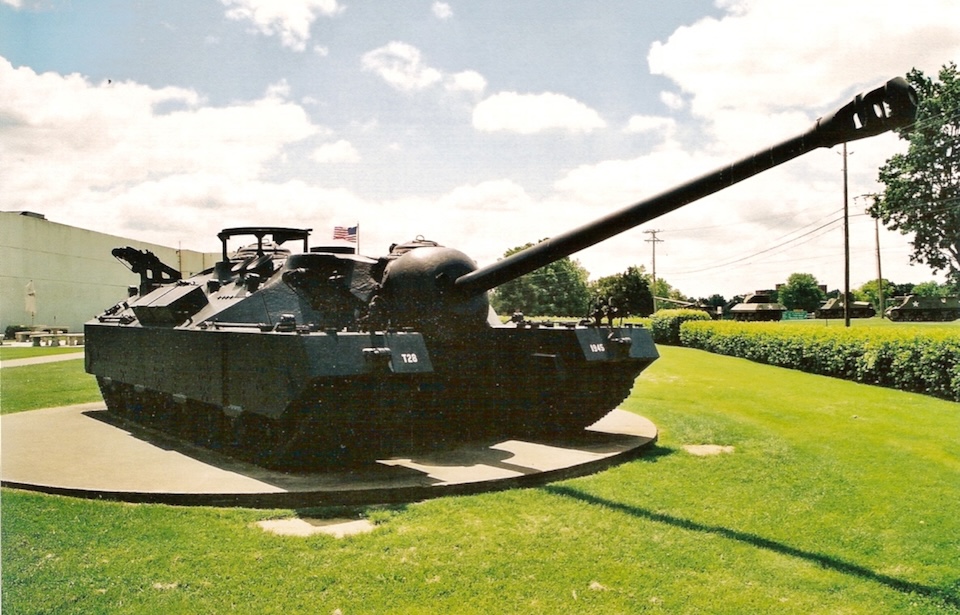The impact of tanks on military strategy was clear from their introduction in World War I, with their importance expanding a lot in later conflicts. By the onset of World War II, the United States understood the need to strengthen its military capabilities to achieve decisive victories, which led to the creation of the T28 Super Heavy Tank.
However, the project was unexpectedly ended, leaving only two prototypes ever produced. One suffered damage during testing and became unusable, while the other remained missing for many years.
The United States wanted to match the German Army’s powerful tanks
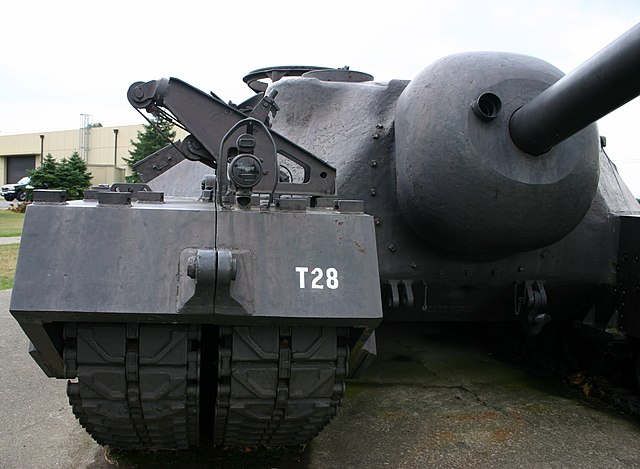
In 1943, the US started on the development of a new tank, later called the T28 Super Heavy Tank. This groundbreaking vehicle was engineered for resilience, equipped to break through enemy lines while providing considerable protection for its crew.
The United States begins work on developing prototypes
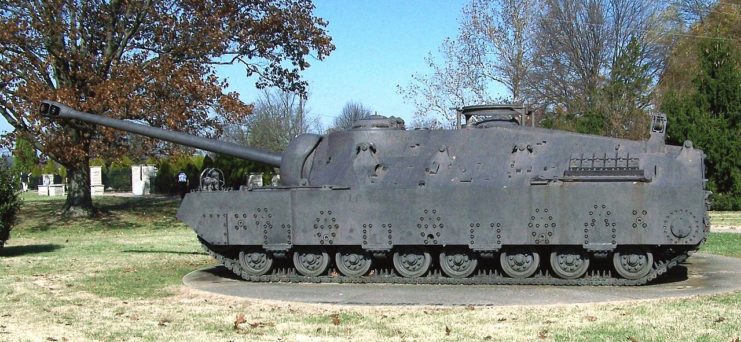
In March 1944, production began on five T28 Super Heavy Tanks. Each was armed with a 105 mm T5E1 anti-tank gun as its primary weapon and a .50-cal Browning heavy machine gun for extra defense. The tank boasted heavily enhanced armor, with metal thickness reaching up to 12 inches in some areas, offering outstanding protection against anti-tank weaponry.
However, production encountered difficulties. The T28’s immense weight of 95 short tons restricted its top speed to approximately 8 miles per hour and posed many challenges when traversing different terrains.
The T28 Super Heavy Tank wasn’t really needed at all
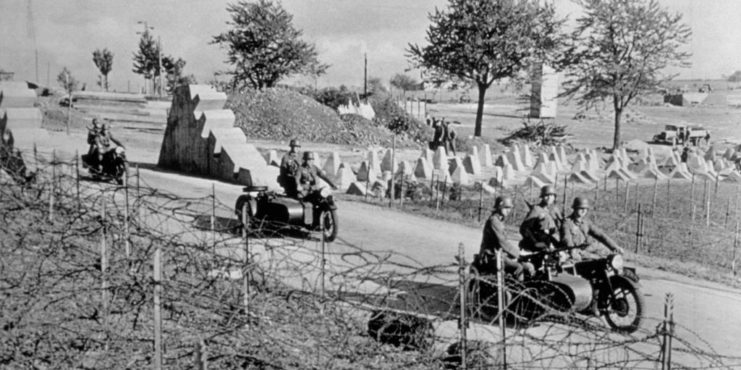
The T28 Super Heavy Tanks were originally designed to combat the Siegfried Line, as noted earlier. However, by mid-1944, the Allies had launched a significant offensive against the line, successfully breaking through by early 1945.
Plans later shifted to use the T28s in operations on the Japanese mainland, but Japan’s surrender following the atomic bombings of Hiroshima and Nagasaki meant the tanks were never used. Consequently, the US government halted further development. Only two prototypes were ever completed; one sustained extensive damage during testing at Yuma Proving Ground and was eventually sold for scrap.
The remaining T28 Super Heavy Tank was lost for decades
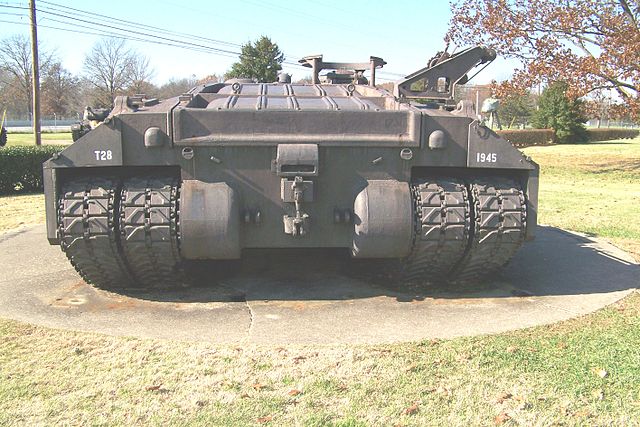
As World War II ended and the nature of warfare evolved, the T28 Super Heavy Tank was rendered mostly obsolete. Rigorous testing showed shortcomings that would have created substantial difficulties in combat. As a result, the US military adjusted its focus, prioritizing tanks with lighter and more adaptable designs.
In the ensuing years, during the Korean and Vietnam wars, the absence of the T28 tank was notable on the battlefield. Its World War II-era design lost relevance, no longer fitting with the military’s changing strategic goals.
The T28 Super Heavy Tank was eventually found in the weeds
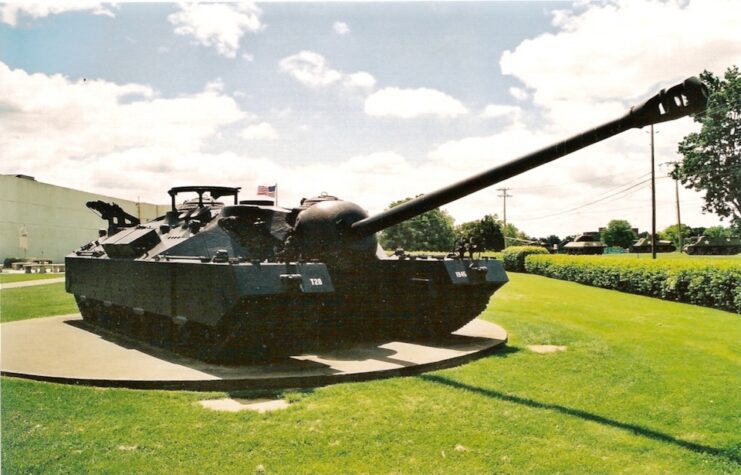
The military’s concentration on developing new tanks led to the misplacement of the remaining T28 Super Heavy Tank prototype. Remarkably, it wasn’t until 1974, a staggering 27 years after its disappearance, that it was stumbled upon in a field at Fort Belvoir, Virginia. Neglected and exposed to the elements for decades, weeds had begun to encroach upon its structure.
More from us: A British Challenger 1 Set the Record for the Longest Tank-on-Tank Kill in 1991
New! Want to become a trivia master? Sign up for our War History Fact of the Day newsletter!
Following its rediscovery, the prototype received significantly better care and reverence. It was relocated to the General George Patton Museum at Fort Knox, Kentucky, where it resided for several years before finding a permanent home at Patton Park in Fort Moore (formerly Fort Benning), Georgia.
